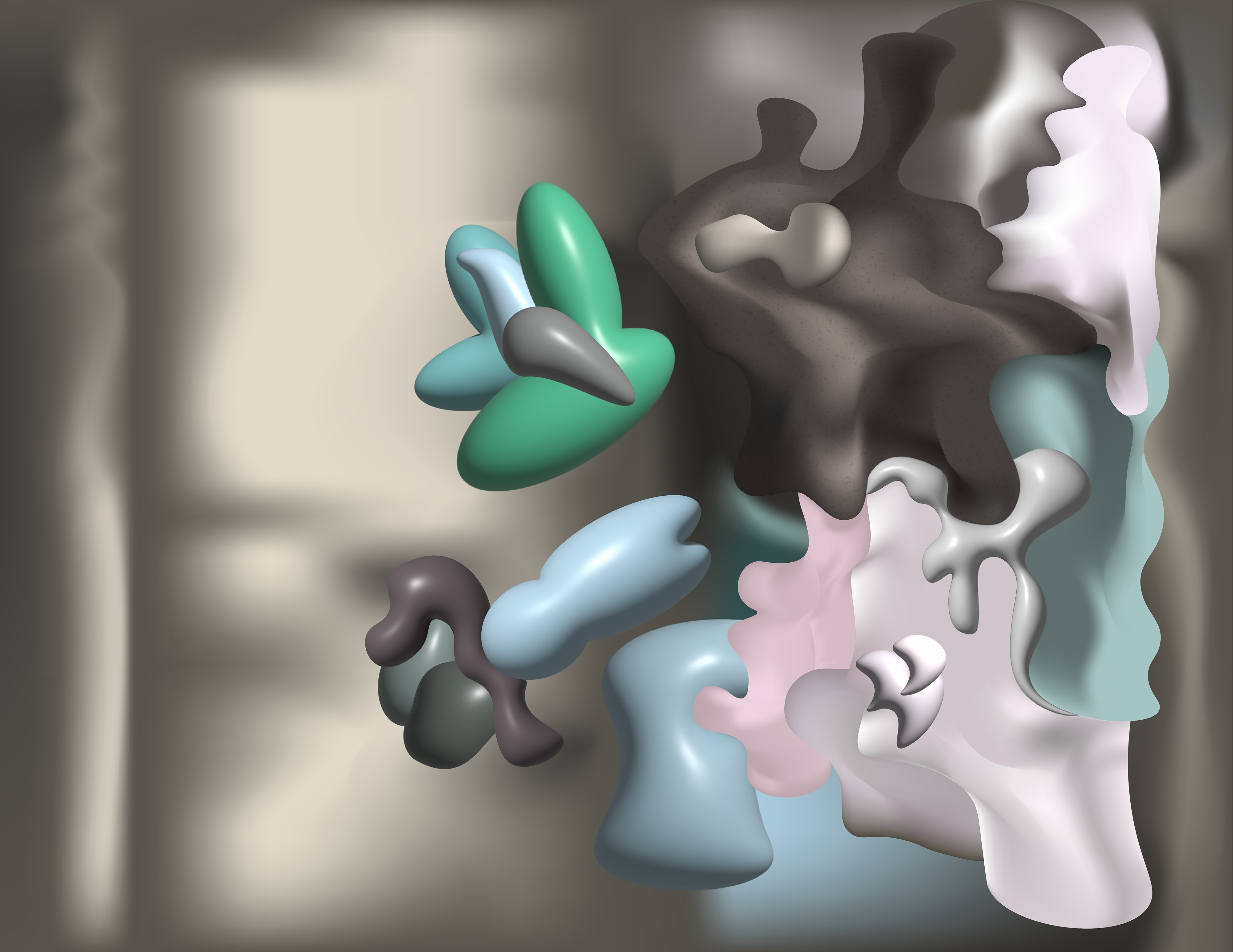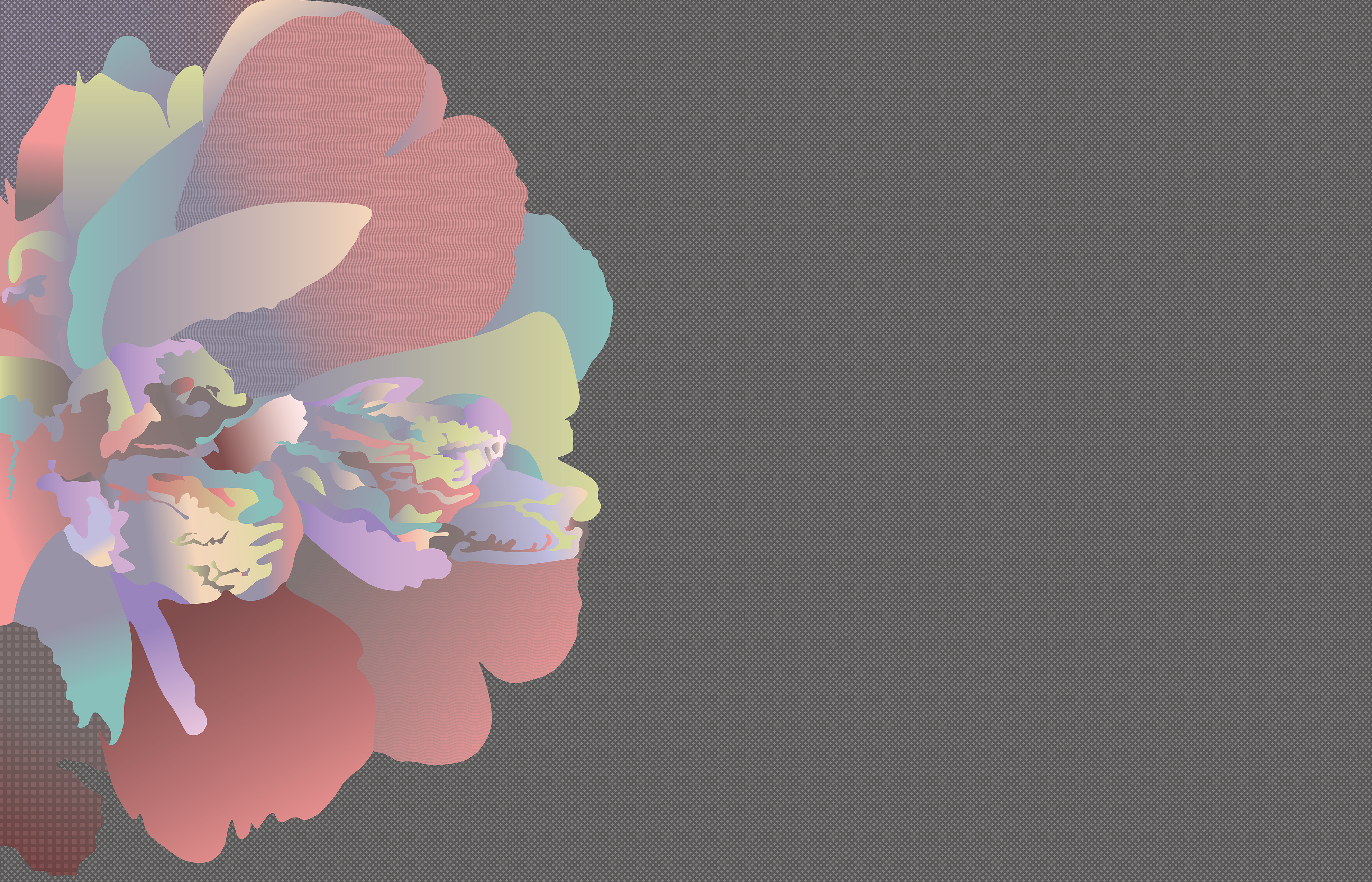Composition 1
The Venus of Milo
When I was having dinner at a private club near the headquarters of a well-known software firm, I was intrigued by what I saw in one of their office’s window. It looks like a huge green sculpture in front of a colorful mural. I snapped a photo to keep the idea. I took a closer look at the inside view to have a deeper understanding of what I was seeing. The mural was a partition wall and the green sculpture was just a potted plant. I was taken aback by how mistaken my views were.
Back at the studio, I reproduced the perspective that I’d seen previously. The picture was used as a reference when creating the drawing. Because only a tiny portion of the window was visible, I needed to zoom in considerably to retain most details. My color palette was then constructed from what remained after toning down the image.
The first step was to establish the background. To generate subtle gradients surrounding the picture, I used a mesh function. After that, I began drawing the main form, which is a monolithic figure at the top right corner. I traced a hexagonal form and then extruded portions of it using a 3D illusion to create an impression of depth.
I followed the same method for the majority of the composition on the right, establishing interlocked organic forms of various hues and contrasts to build a second level of perception.
I started by drawing the foundation level, in which I believed there was a sculpture at the forefront of the portrait. I used complete-radius geometric forms and light reflections to create the design.
I returned to the backdrop after I was done with the overall composition and added depth to it.
During the design process, I kept in mind that each component might be animated to produce a 30-second Instagram video. I imported all-composite layers into the animation program and began assembling them like a ballet of shapes and forms.



